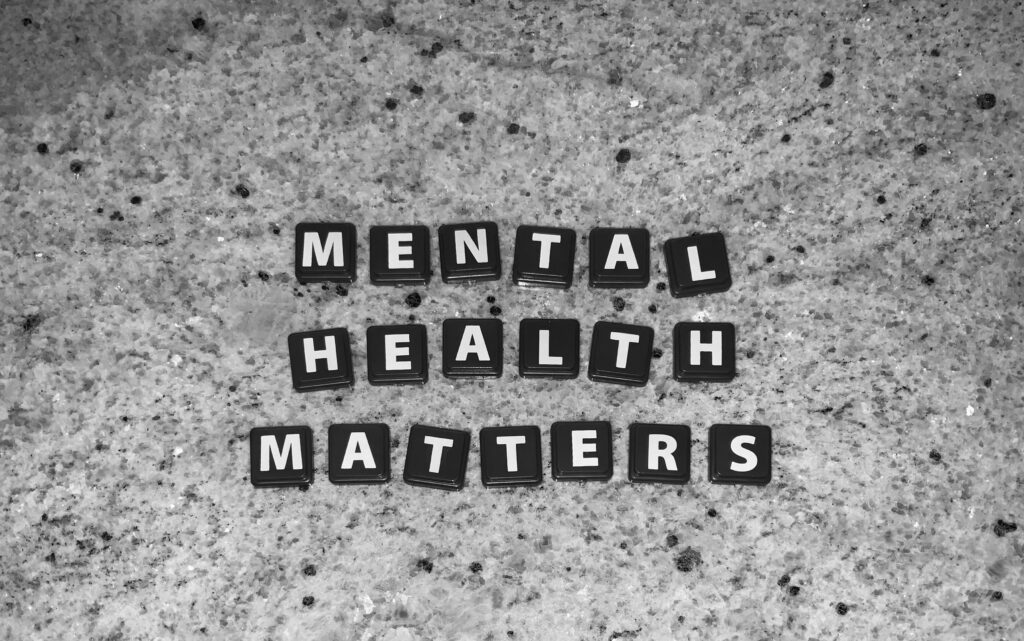Mental health in the arts has often been ignored—or romanticized. The idea of “creative suffering” is treated as part of the process, as if pain were a prerequisite for authenticity. But what happens when that suffering stops being a source of inspiration and becomes an unbearable burden?
In response, new initiatives are beginning to emerge. For example, in September 2025, the City Council of L’Alcora and the Universitat Jaume I announced the creation of Spain’s first Department of Mental Health in Performing Arts (source). This pioneering initiative aims to provide specialized psychological care to performing arts professionals, acknowledging the emotional challenges they face daily.
Led by performance psychologist Guillermo Dalia, the department will offer:
- Individual psychological support
- Group workshops for emotional prevention
- Creative accompaniment during artistic processes
- Training for educators and technicians
“Investing in the psychological wellbeing of the artistic sector is not a luxury—it’s a structural necessity.” — Guillermo Dalia
The news, published by Radio Banda, has sparked interest across Spain—not only for its innovative approach, but because it addresses an urgent and long-silenced need.
This kind of initiative forces us to confront a reality affecting many art professionals: the emotional exhaustion behind the creative process. Artistic burnout—when passion turns into pressure—is not new, but it’s increasingly common.
According to Artnet News, many artists face a system that demands constant productivity, social media visibility, alignment with market trends, and total emotional investment.
This environment leads to:
- Burnout: physical and emotional exhaustion that stifles creativity
- Performance anxiety: paralyzing fear before presentations
- Depression: especially among artists facing rejection or precarity
- Extreme self-demand: which may result in eating disorders or insomnia
The lack of safe spaces to talk about these experiences worsens the problem. Many artists feel they must “push through” or that showing vulnerability is a sign of weakness. This culture of silence perpetuates suffering.
Fortunately, new paths are emerging that invite emotional care through creativity. One of them is art therapy, a discipline that combines artistic techniques with psychological tools to transform pain into expression and healing. In this context, art therapy becomes a powerful way to promote emotional wellbeing—without needing words, only presence and creation.
One of the most recognized centers in Spain is Metàfora, based in Barcelona. They offer professional training in art therapy, experiential workshops, and international programs that integrate art, psychology, and personal development.
Art therapy allows for:
- Exploring emotions through color, form, and movement
- Processing trauma without direct verbalization
- Strengthening self-esteem and creative identity
- Creating safe spaces for emotional expression
Many artists who have undergone art therapy report a deep reconnection with their creative practice—free from external demands and more aligned with their wellbeing.
Why is it urgent to talk about mental health in the arts? Art doesn’t just reflect society—it transforms it. But for that transformation to be sustainable, artists must be emotionally supported. Ignoring mental health in the arts has serious consequences:
- Abandonment of artistic careers due to exhaustion
- Normalization of suffering as part of the creative process
- Invisibility of mental health disorders in the cultural sector
- Reproduction of toxic work dynamics
Moreover, art has immense therapeutic potential. When artists are emotionally sustained, their work can heal, inspire, and connect in deeper ways.
What can we do as a society? The creation of the Department of Mental Health in L’Alcora is an important step—but not enough. To transform the landscape, we need concrete actions:
- Cultural policies with emotional focus Governments must include mental health in their cultural agendas. This means funding psychological care, training in self-care, and awareness campaigns.
- Safe spaces in art schools Educational institutions must offer emotional support to art students, who often face extreme pressure during their training.
- Support networks among artists Building communities where emotions can be shared, experiences exchanged, and mutual care offered.
- Training in art therapy Incorporating art therapy into artistic education—not just as a therapeutic tool, but as a path for creative exploration.
Mental health in the arts is not a secondary issue. It is the heart of an authentic, ethical, and transformative creative practice. Initiatives like L’Alcora’s, spaces like Metàfora, and the visibility of artistic burnout pave the way toward a more conscious and humane culture. Art also needs spaces where it can breathe, heal, and feel accompanied.

